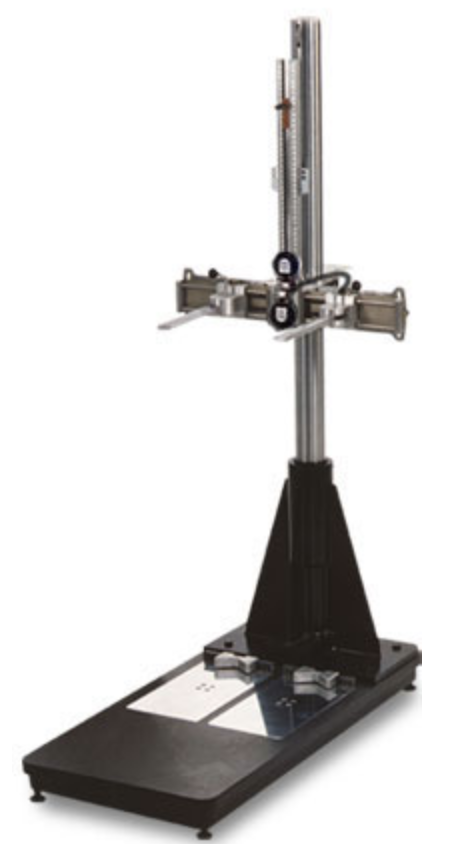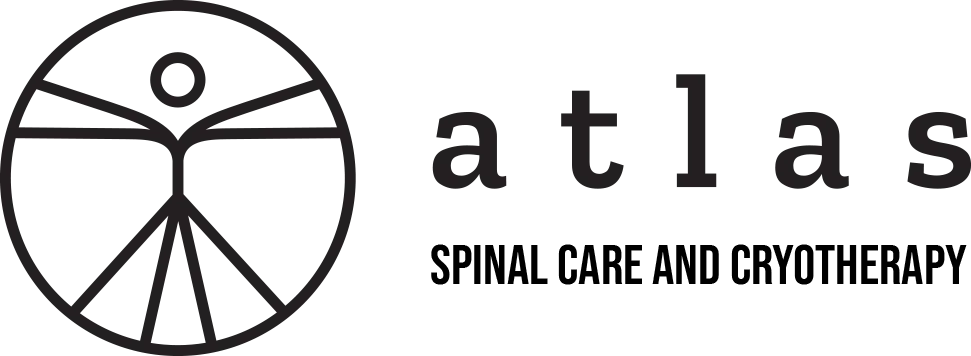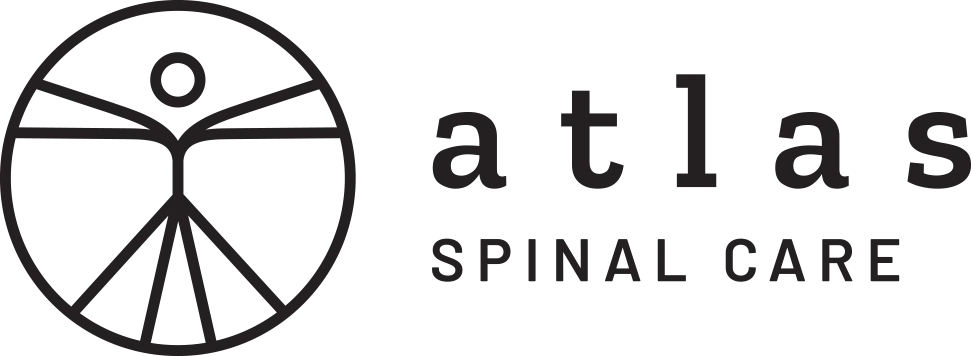Comprehensive Exam and NUCCA X-ray Studies
Your first appointment consists of a comprehensive chiropractic examination, including a series of x-rays necessary for Dr. McCully to clearly determine a proper care plan. X-rays provide Dr. McCully with an objective diagnosis tool that will show the exact position of the Atlas to the base of the skull and the specific correction necessary for any misalignment.
Report of Findings, Initial Correction, and Post Correction X-rays
Your report of findings, initial correction, and post-correction x-rays will be scheduled on another day after your comprehensive NUCCA chiropractic examination and
x-rays. This will allow for Dr. McCully to perform an analysis of the results of your physical exam and x-ray findings. Dr. McCully will share the results that he found with you. Your report of findings includes a detailed analysis of what you need in order to solve the problem that brought you into our office and what can be done to improve your spinal alignment. Dr. McCully will consider your current lifestyle choices, goals for the future, and challenges that are standing in your way. This is why his recommendations are extremely comprehensive and have the chance to be the solution that you have been seeking. You may invite a family member or friend to accompany you to this appointment, if you choose.
Dr. McCully will administer your initial correction and then post-correction x-rays will be taken to assess the results of the correction. Anything else done during this visit will depend on Dr. McCully's recommendations and your consent. Stretching, exercise instruction, or other advice may be given as part of Dr. McCully's plan for you.
After Dr. McCully performs the initial correction of your Atlas misalignment, he will re-evaluate your correction once a week for a minimum of the next two weeks. The purpose of these two follow-up appointments is to see how well your body is maintaining the correction and whether your symptoms are improving. In the event your body is maintaining the Atlas correction and your symptoms are resolved or improving, he will schedule you for periodic wellness examinations.
In the event that the correction of the Atlas misalignment is not being fully maintained at your follow-up visits, Dr. McCully will perform an adjustment at that visit and see you the following week to reassess your progress until your initial correction is stabilized and your symptoms are either gone or improving.
Your symptoms may not fully resolve for a period of time following correction or a subsequent adjustment of the Atlas misalignment due to the time required for the body to heal. Patients vary in the amount of time needed and therefore the number of follow-up appointments also vary. Some patients may need multiple appointments and adjustments after the original correction to experience significant relief of their symptoms.
Periodic Examinations
Once the stability of your original Atlas correction and relief of symptoms occurs, Dr. McCully will put you on a periodic wellness

At Atlas Spinal Care, we consistently update and customize your wellness program. The foundation for our overall health is based on proper spinal alignment combined with nutritious foods, regular exercise, high quality supplementation, and a variety of stress relief techniques. Your participation in a program of periodic assessments is your choice.
Measuring Body Imbalance
Your body was brilliantly designed! NUCCA practitioners intervene only when that healthy design has been lost due toan overload of stress to the human structure. This overload of stress will cause a compromise in the position of the bone structures at the top of the neck creating an indirect neurological deficit to the muscles that control the spine and pelvis. This causes one side of the muscles next to the spine and pelvis to over contract creating body imbalance.
Supine Leg Check
The supine leg check is an upper cervical chiropractic examination procedure used to determine the presence of an Atlas misalignment. When the Atlas is misaligned with the base of the skull, it causes the muscles of the neck and back to contract more on one side than the other. The contracted muscles cause the hips and spine to be pulled in an unbalanced position, drawing one leg up and making it appear "shorter" than the other. The leg structures, meaning the bones, are not actually shorter. The body balance control centers, located near the Atlas, are causing the muscles to not work properly. Therefore, the leg is "functioning" as if it is shorter.

The Anatometer
The anatometer is an instrument designed for NUCCA doctors exclusively. This instrument allows the doctor to evaluate the patient's posture in the standing, or gravity, position. The anatometer provides three essential measurements to the NUCCA practitioner: if the hips are tilted or level, if the hips are rotated, and if the patient’s neck or upper body is leaning to the right or left in relation to the hips. From this, the doctor can determine if the patient is initially a candidate for NUCCA care and will determine future adjustments during follow-up visits.


